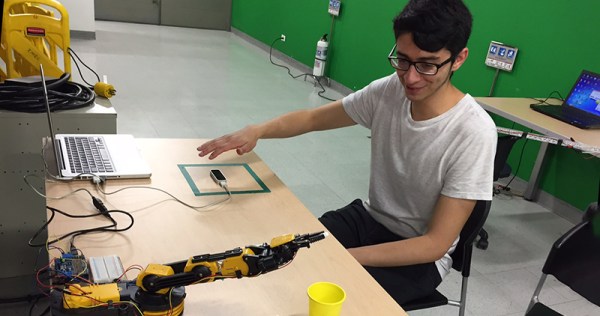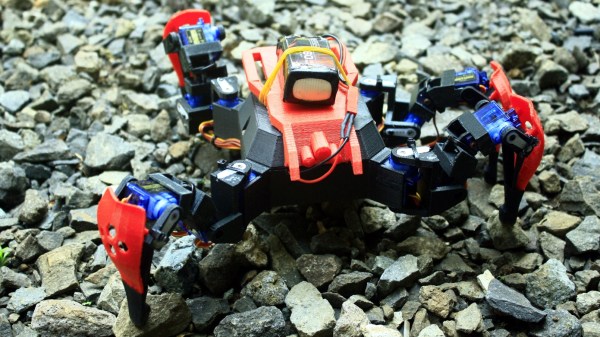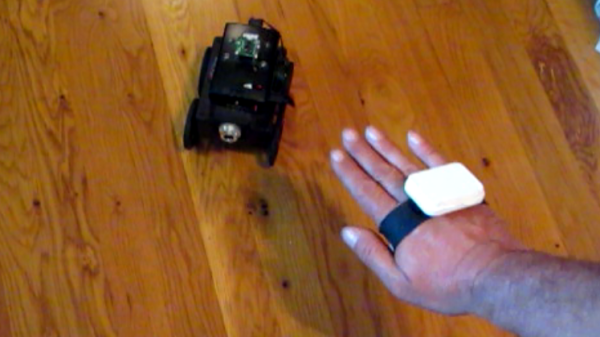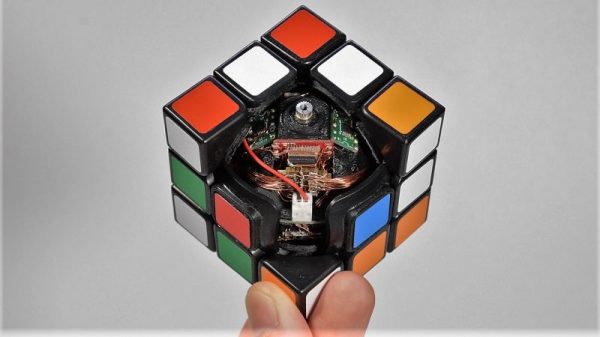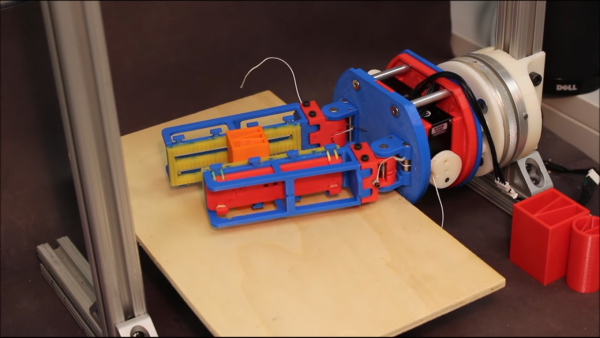We just wrapped up the Human Computer Interface challenge in this year’s Hackaday Prize, and this project is pushing boundaries we’ve hardly seen before. [Giovanni Leal] is using a Leap Motion controller to move a robotic arm around in space.
The robot arm in question comes from Owi, and it is by every measure not a good robot arm. It is, however, an excellent toy filled with motors and plastic linkages that serves as a good stand-in for a proper robotic arm.
Control of this toy robot arm is done through a Leap Motion controller. While the Leap Motion is a few years old at this point, it is a very effective way to ‘measure’ the position and rotation of a hand in 3D space. The only thing that’s required is the Leap Motion controller itself and a tabletop.
The end result is a robot that can be controlled by a hand. While this robot arm is really just a toy, it was fun to assemble and a little bit of hardware hacking with an Arduino turned this into a working robot arm controlled by a human. Scale this up, establish an island lair, and you’re on your way to taking over the world.

